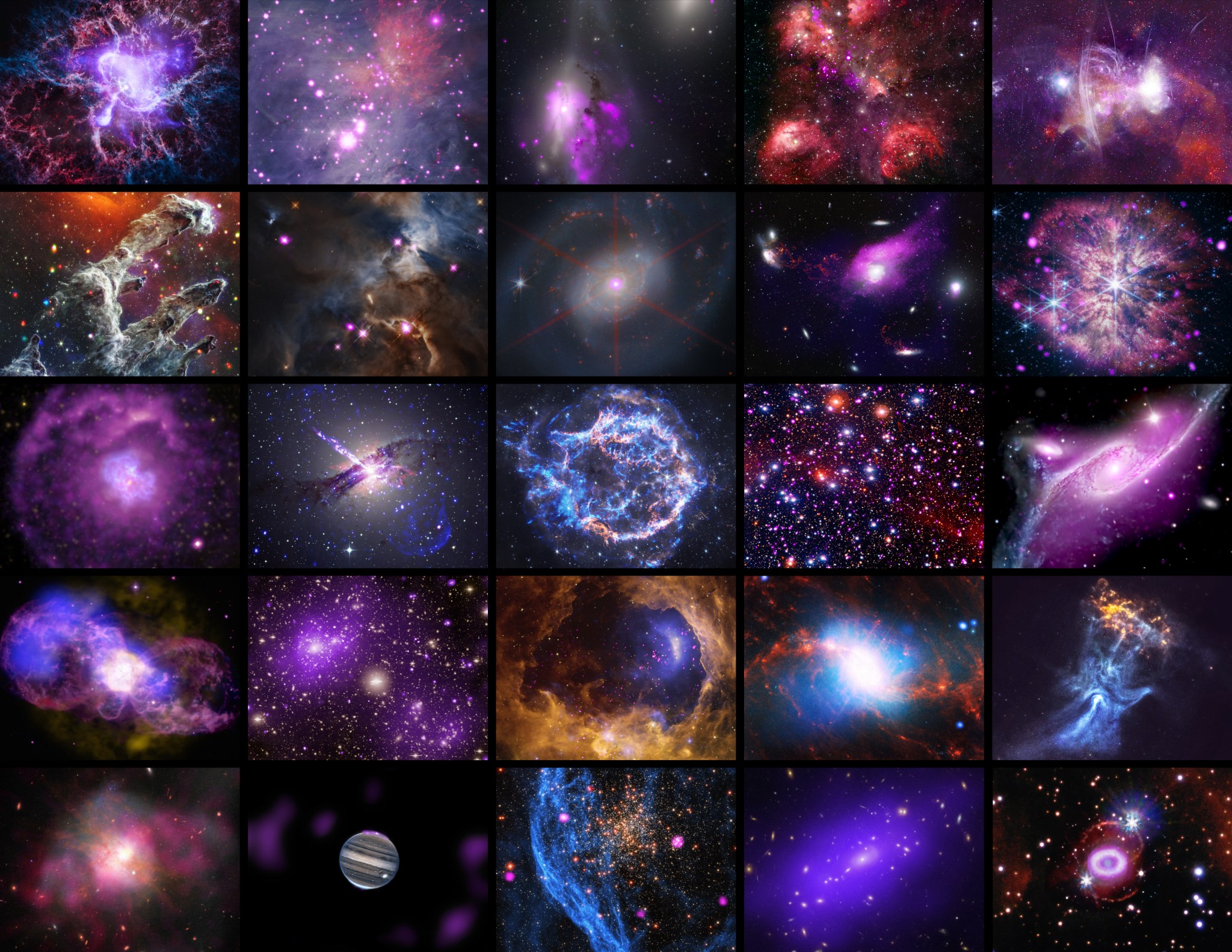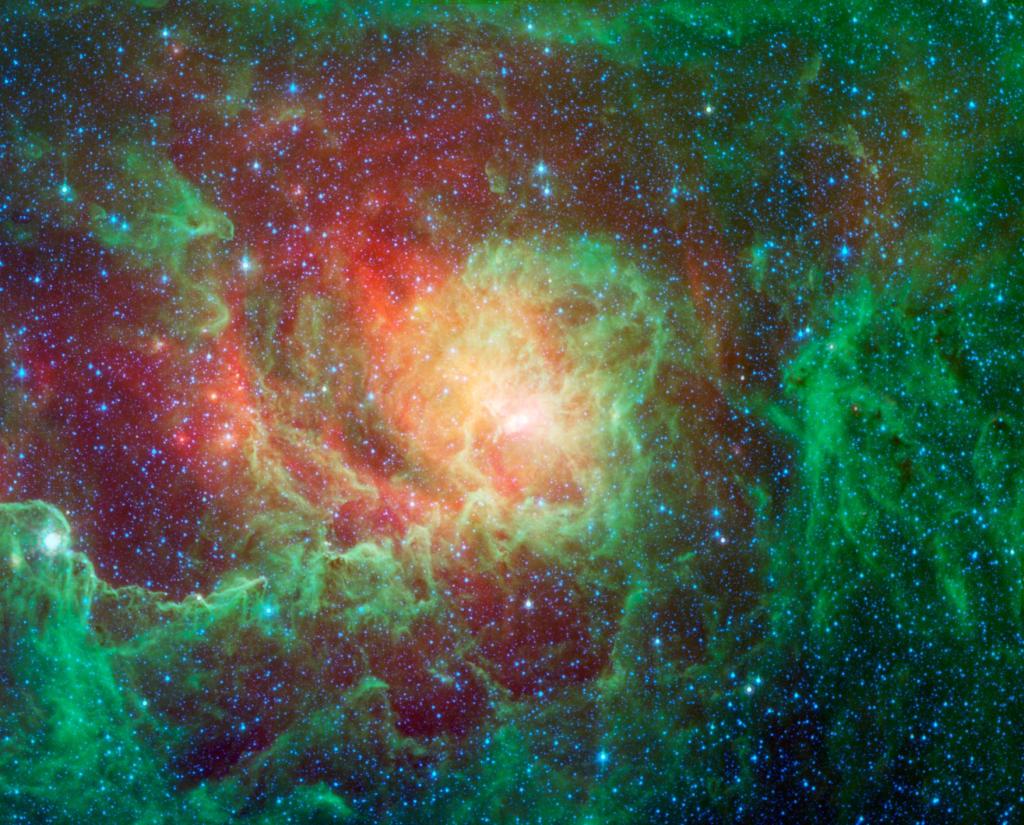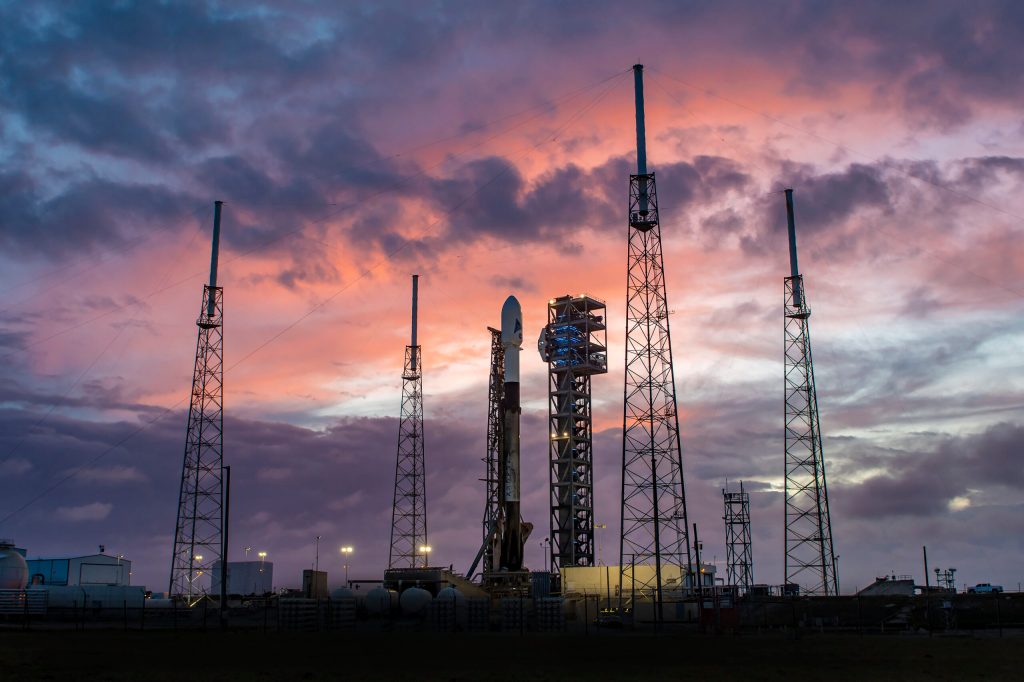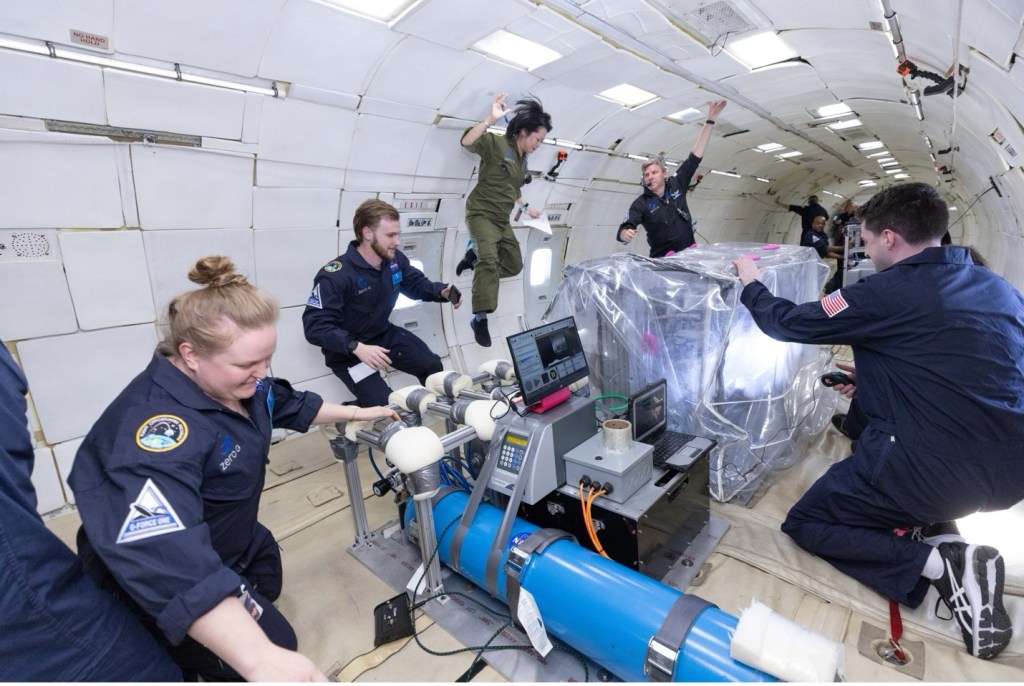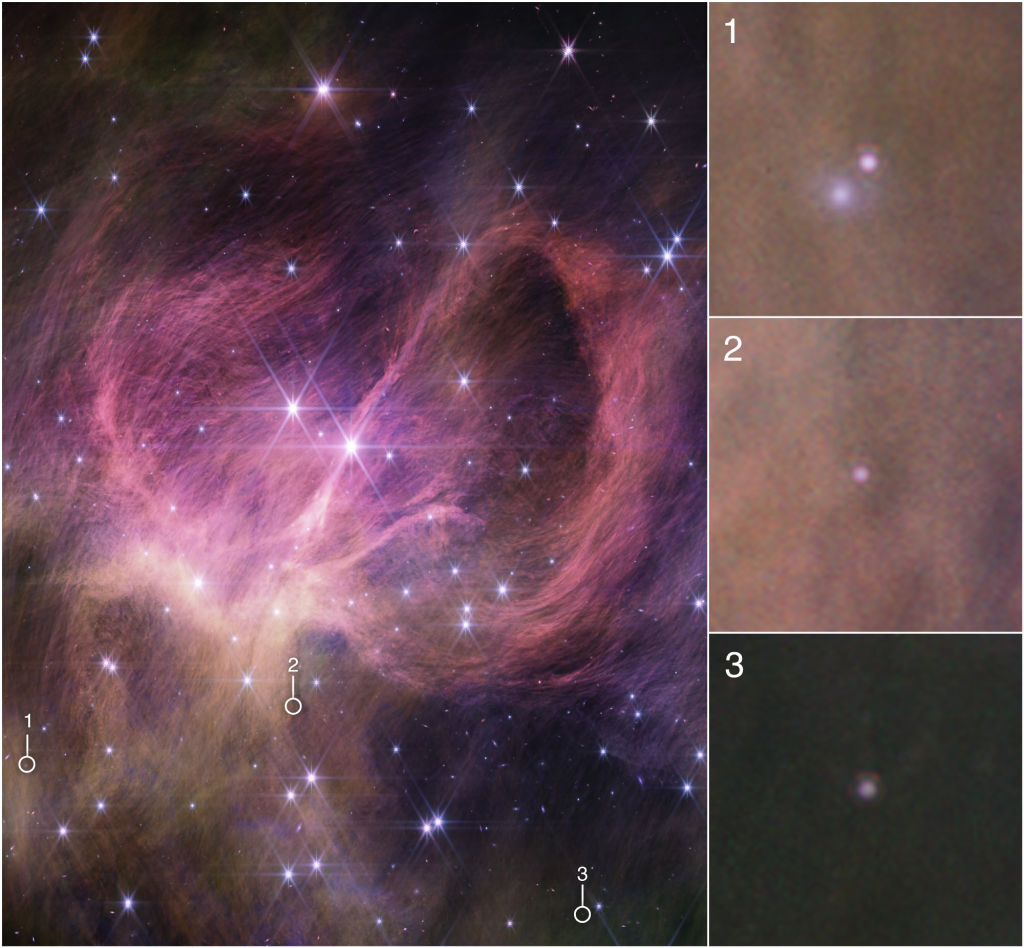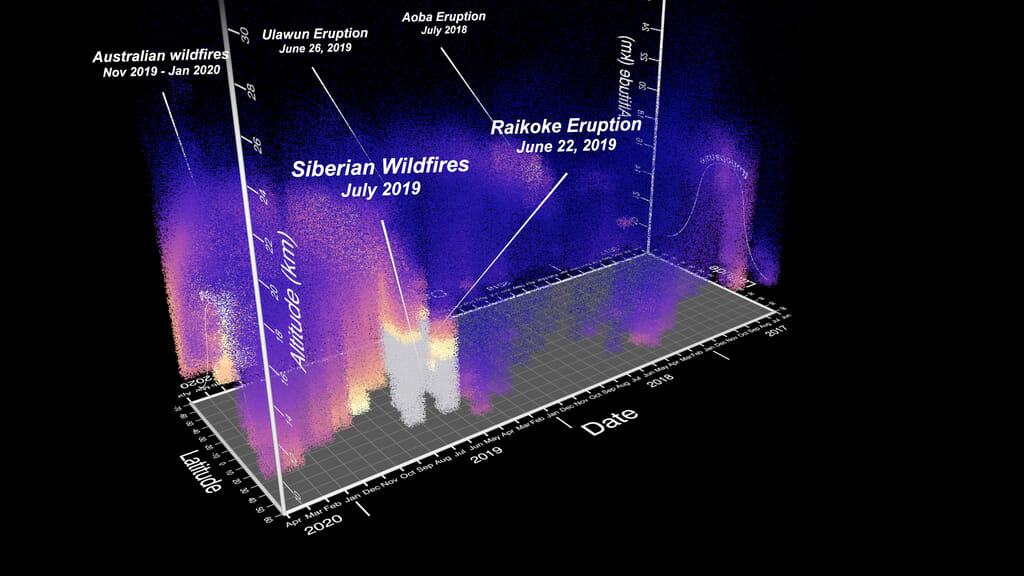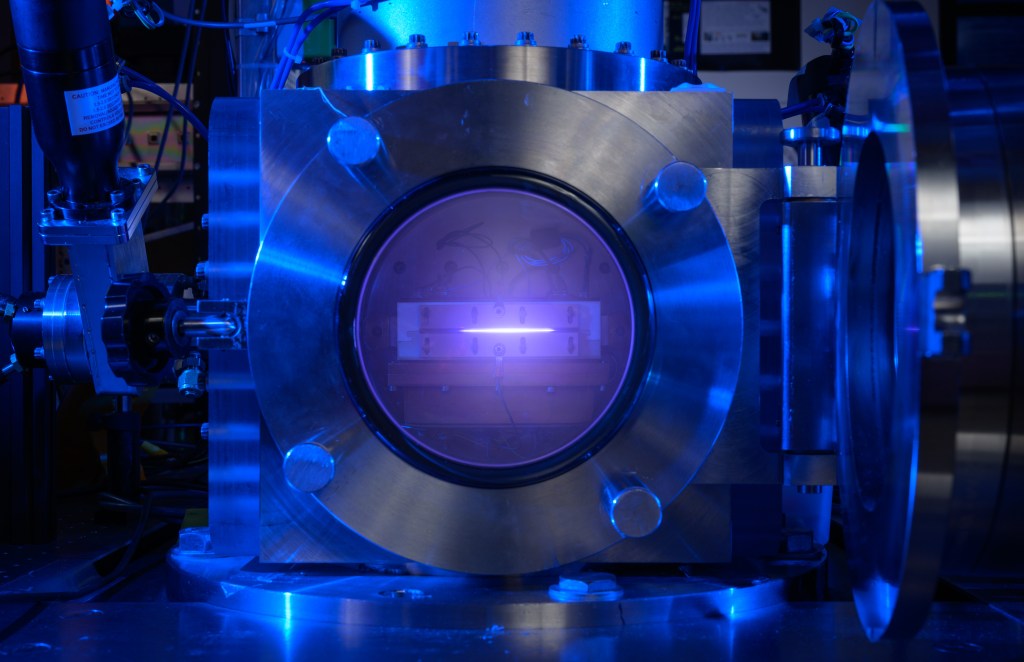























The model physics routines describe inputs to the system and conversion within the atmosphere of energy and mass; these codes compute radiation, turbulence, cloud microphysical processes, etc. The majority of the effort of developing Mars-specific GCMs goes into developing such physics routines appropriate for the Martian environment. The GCM group at NASA Ames Research Center has been developing and implementing physics packages for several decades. Descriptions of the basic physics routines used in the current model as well as those that are in development are listed below.
